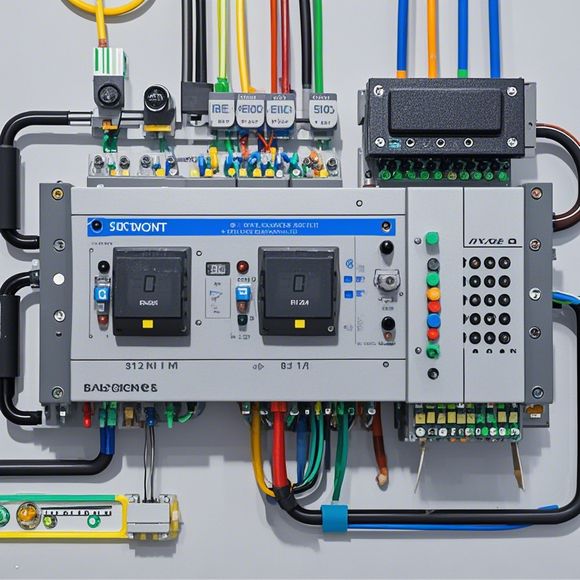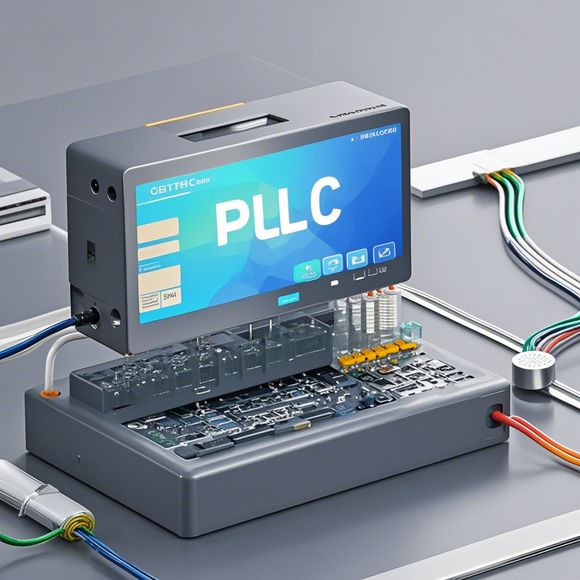What is a PLC Controller?
A Programmable Logic Controller is a type of electronic device that can be used to control and monitor industrial processes. It is designed to automate complex manufacturing systems by allowing for precise control over the operation of machines, sensors, and other equipment.The main function of a PLC controller is to provide a reliable and efficient means of managing production lines, assembly operations, and similar tasks. It does this by processing and analyzing data generated by sensors and other devices within the system, making decisions based on these inputs, and then sending out signals to control valves, motors, or other machinery to carry out those decisions.Overall, the PLC controller is an indispensable tool for modern manufacturing and industrial applications, providing the ability to streamline processes, increase efficiency, and reduce costs.
Hello, friends! Today we are going to dive into the world of Programmable Logic Controllers (PLCs). These are incredibly powerful devices that play a crucial role in controlling and monitoring industrial processes. So, let's take a closer look at what a PLC controller is and how it works.
Firstly, what exactly is a PLC controller? It's a computer system that's designed to control the flow of materials or information through a manufacturing process. Imagine it as the brain of your factory. The PLC takes in inputs from different sensors or input devices and translates those inputs into commands that tell the various machines and machinery units in your production line what to do. It's like the ultimate mastermind behind the scenes, ensuring everything runs smoothly and efficiently.

Now, let's talk about some of the key features that make a PLC controller so versatile and useful. First off, they're incredibly flexible - you can customize them to fit any specific needs of your production line. Whether you're dealing with simple tasks like pushing button switches or complex ones like controlling temperature levels or conveyor belt speeds, a PLC controller has got you covered.
Another great thing about PLCs is their ability to be connected to other systems, like computers or even other PLCs. This allows for seamless integration and communication between different parts of the factory, making it easier to monitor and troubleshoot problems when needed. And don't forget, PLCs are also incredibly reliable - they're designed to withstand harsh conditions and last for years on end, making them a cost-effective investment for businesses looking to streamline their operations.

But that's not all! There are tons of different types of PLCs on the market, each with its own set of advantages and capabilities. For example, some are designed for high-speed processing while others are better suited for lower-level tasks like counting or sorting. And some even have built-in safety features like overload protection or fault detection, ensuring that your production line stays safe and secure at all times.
So there you have it! A brief overview of what a PLC controller is, its key features, and just a few examples of what you might come across when working with one. If you're still not sure whether this technology is right for your business, don't hesitate to reach out to a professional who can help guide you through the process and answer any questions you may have. With the right knowledge and expertise, you can be confident that you're investing in something truly valuable for your future endeavors.

Content expansion reading:
Articles related to the knowledge points of this article:
The cost of a PLC Controller: A Comprehensive Analysis
PLC Programming for Automation Control in the Manufacturing Industry
PLC (Programmable Logic Controller) Control System Basics
Plumbers Rule! The Role of PLC Controllers in the World of Waterworks
Connecting a PLC Controller to Your Computer
PLC Controllers: A Comprehensive Guide to Understanding Their Prices